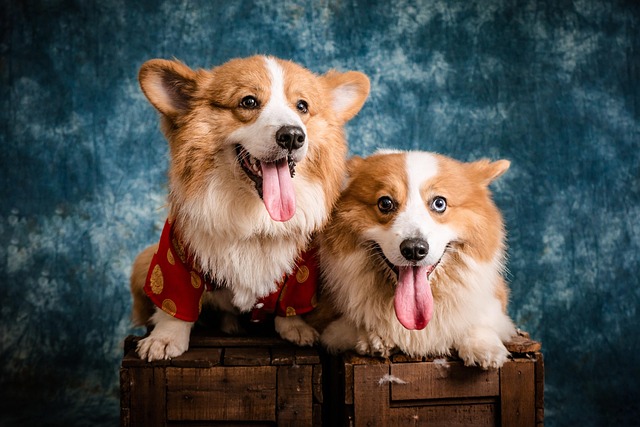
How to teach a Corgi to stay still?
Corgis are little balls of energy—their short legs and perky tails make them eager to explore every corner, which can make staying still feel like a chore.
Training a Belgian Malinois to use a designated toilet spot can feel daunting at first—these sharp, active dogs thrive on structure, but they also need clear guidance to learn new habits. Whether you’re a first-time Malinois owner or you’ve had dogs before, nailing this routine early on saves frustration and helps your pup feel secure in their space.
Belgian Malinois are smart, high-energy dogs, so consistency is key when teaching them to use a designated toilet spot. Start by picking a spot close to your door—this cuts down on accidents during potty runs, which is especially helpful if you live in an apartment with busy hallways. Always take them to the same spot; their strong sense of smell will help them associate it with going to the bathroom, making training faster than you might expect.
Don’t forget to check local laws, too—many areas in Europe and North America require dogs to be on a leash when outside, even for quick potty trips, and some have rules about cleaning up after your pet. Keep poop bags handy every time you take your Malinois out; following these rules not only keeps your neighborhood clean but also avoids fines that can pop up if you’re not compliant. Your dog will pick up on your calm, consistent routine, which makes them more likely to cooperate.
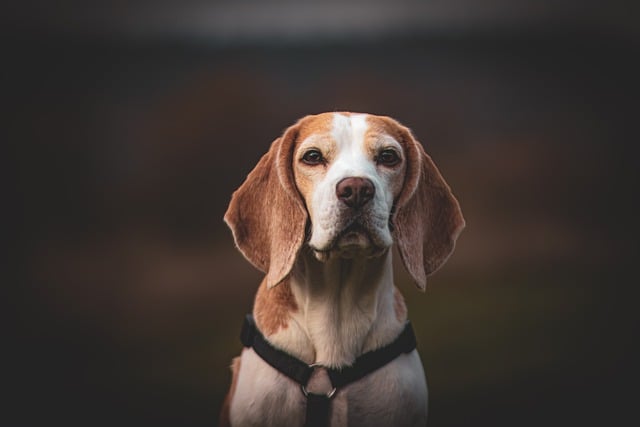 Use positive reinforcement to encourage good behavior—keep small treats in your pocket for when they use the designated spot. Praise them enthusiastically right after they finish; Malinois love pleasing their owners, so this positive feedback will reinforce the habit quickly. Avoid scolding them if they have an accident inside; it can make them afraid to go near you when they need to potty, slowing down training and hurting your bond.
Use positive reinforcement to encourage good behavior—keep small treats in your pocket for when they use the designated spot. Praise them enthusiastically right after they finish; Malinois love pleasing their owners, so this positive feedback will reinforce the habit quickly. Avoid scolding them if they have an accident inside; it can make them afraid to go near you when they need to potty, slowing down training and hurting your bond.
Pay attention to your Malinois’ cues, like sniffing around or pacing—these are signs they need to go out. Young puppies and older dogs might need more frequent trips, so adjust your schedule to fit their needs. If you work long hours, consider a dog walker or a pet door (if allowed by your building) to make sure they can get to their spot when needed. This flexibility helps keep training on track even when life gets busy.
Stick with the routine, and you’ll see results in a few weeks—your Malinois will learn to head to their designated spot without reminders. Following local laws and using positive training not only makes potty training smooth but also builds a strong, trusting relationship with your dog. Before you know it, those accidental messes inside will be a thing of the past, and you’ll both enjoy more stress-free time together.

Corgis are little balls of energy—their short legs and perky tails make them eager to explore every corner, which can make staying still feel like a chore.
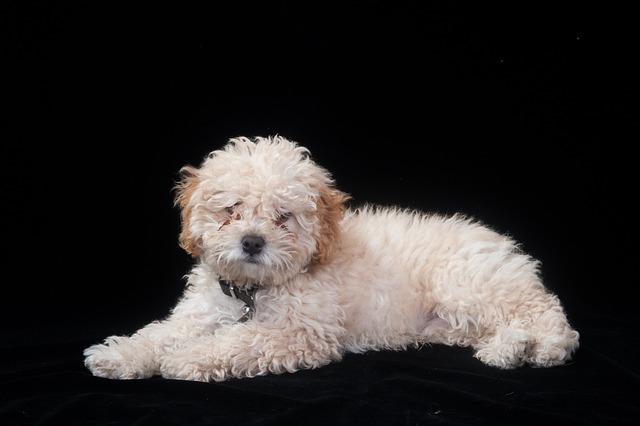
Teddy Dogs (often called Shichon or Zuchon mixes) are smart, but their small size means they have smaller bladders—so consistency is key when teaching them a designated toilet spot.
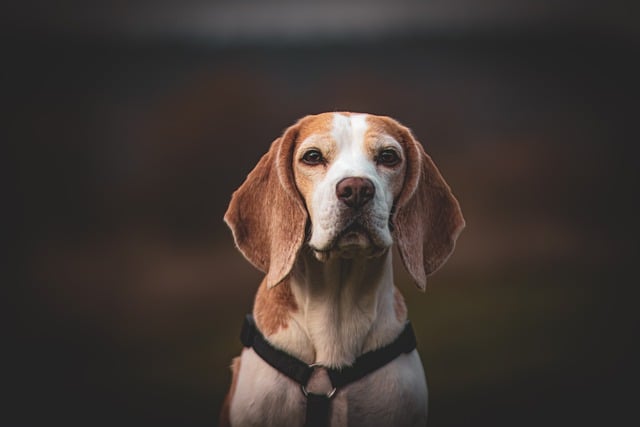
Training a Belgian Malinois to use a designated toilet spot can feel daunting at first—these sharp, active dogs thrive on structure, but they also need clear guidance to learn new habits.
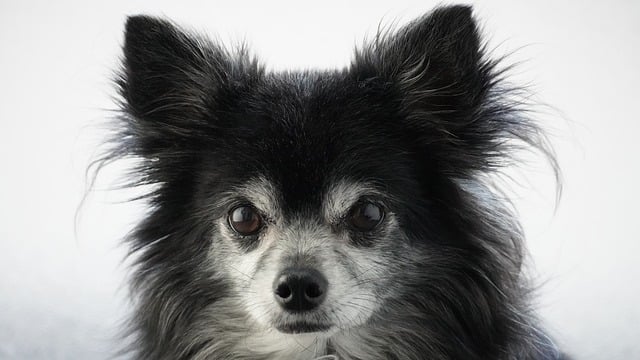
Chihuahuas’ tiny size makes toilet training feel tricky—their small bladders mean they need frequent trips outside, but consistency is key to helping them learn.
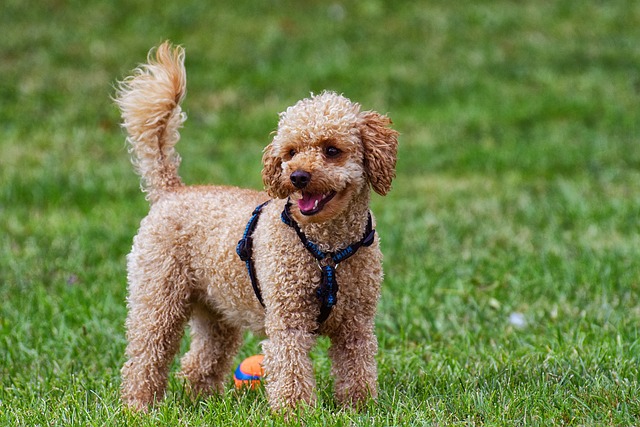
The idea of housebreaking a puppy in just five days might sound like a fantasy, but while you can’t expect perfection in such a short time
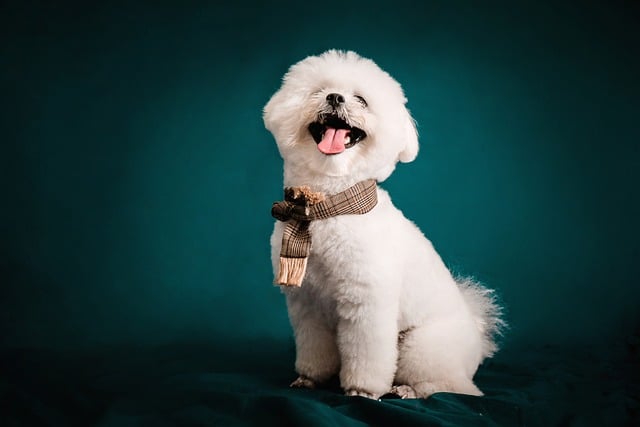
If you're constantly mopping up accidents and wondering when this phase will end, you're not alone. The journey to reliable potty training feels endless when you're in the middle of it